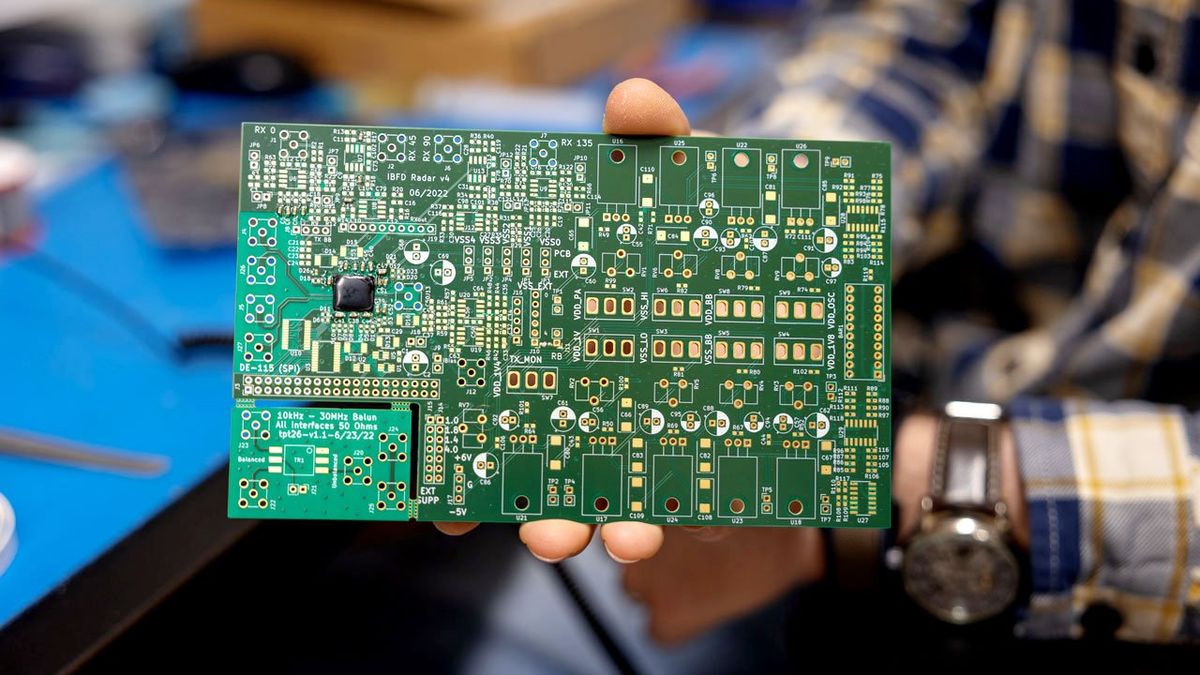Using 3-D stacks of reflectors on microchips could triple data rates of wireless links to help speed development of 6G communications, a new study finds.
Most current wireless communications technology, such as 5G phones, operate at frequencies below 6 gigahertz. For greater data rates, researchers are striving to develop 6G communications that use frequencies above 20 GHz for data rates 100 times great as 5G.
However, at 6G‘s anticipated higher frequencies, transmissions also experience greater attenuation and losses from the environment. Thus, instead of depending on a single transmitter and a single receiver, most 5G and 6G technologies use arrays of antennas. These arrays have to precisely control any delay their signals may experience to make sure they arrive when they should and not in a jumble. However, the components involved in adding necessary delays to signals can also usher in problems of their own.
The most common delay elements are phase shifters. Although these components can be less than 0.3 square millimeters large, they cannot equally delay all the frequencies across large bandwidths, says Bal Govind, a doctoral student in electrical and computer engineering at Cornell University in Ithaca, N.Y. Phase shifts, Govind says, can blur signals, greatly limiting the data rates of wireless networks.
In contrast, true time-delay elements can equally delay all the frequencies across large bandwidths, avoiding the blurring problem. However, such elements are also physically much bigger, typically 1 to 2 square millimeters in size, Govind says. This means only a few such circuit components can be integrated onto a chip, again limiting channel capacity.
However, now Govind and his colleagues have developed a way to miniaturize true time-delay elements. The new microwave component, only 0.16 square millimeters in size, is smaller than a phase shifter, but it can also act like a true time-delay element across 14 GHz of bandwidth.
The scientists achieved these gains using 3D spirals of reflectors. The way in which signals wind around in these vertical stacks in three dimensions causes delays. At the same time, the 3D nature of the design helps pack components closer together, saving space.
“Normally, true time delays are very expensive in terms of chip area,” Govind says. “We offer a solution to this.”
All in all, the researchers estimate arrays of their new device operating within a bandwidth of 8 GHz could achieve data rates of more than 33 gigabits per second. This is three times that of phase shifters and 40 percent more than that of true time-delay elements, they note. They add this strategy could also potentially extend to optical and acoustic domains as well.
The scientists detailed their findings this week in the journal Nature.
- Here’s What 6G Will Be, According to the Creator of Massive MIMO ›
- 6G Is Years Away, but the Power Struggles Have Already Begun ›
Charles Q. Choi is a science reporter who contributes regularly to IEEE Spectrum. He has written for Scientific American, The New York Times, Wired, and Science, among others.



